| It has been awhile since I sat down to write about minke whales, but I think about them often. The whale watch season in the Salish Sea has just begun and with it come reports of minke encounters. Photos of these encounters have been appearing in my facebook stream; triggering memories of my own encounters with these little whales over the years. My first encounters with minke whales were back in 2005 when I joined a minke whale research project. Those first weeks made such an impression that I returned to the project for three more summers, learning to photo-id the whales and collect behavioural data on their foraging habits. |
Our ability to photo-id minke whales has provided a foundation from which we can conduct foraging studies through focal follows. You sort of have to know that you are following the same whale for a successful focal follow.... But the data we collect from these focal follows tells us a thing or two about these critters that isn’t so obvious to the casual observer. In fact minke whales tend to frustrate the casual observer due to their unpredictable surfacing behaviour. You never quite know where the whale will come up next or, if indeed the whale will come up! But if you have the patience (this is a pre-requisite of the minke project) you can follow these animals for sometimes hours at a time.
| The data collected during a focal follow provides information on feeding rates and foraging strategies, the photo-id data gives us an idea of how many individuals are using an area and whether they use the same area in consecutive years. Having data on individuals from multiple years also allows us to look at whether foraging behaviours have changed between years. |
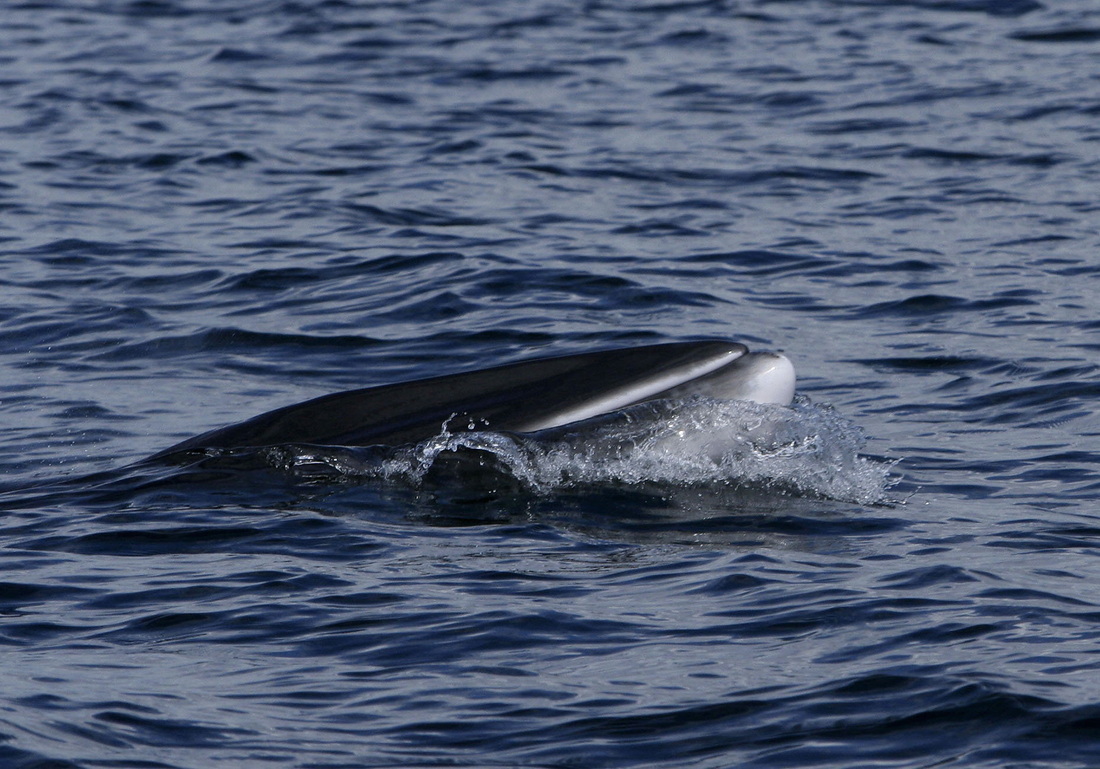
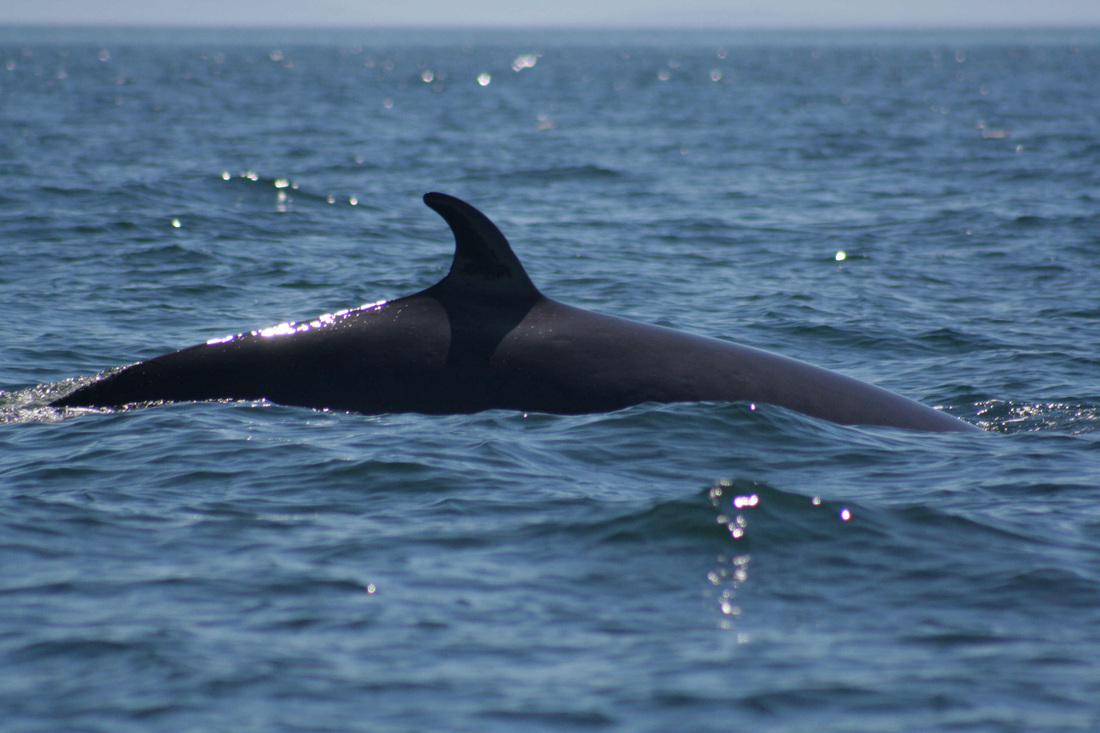
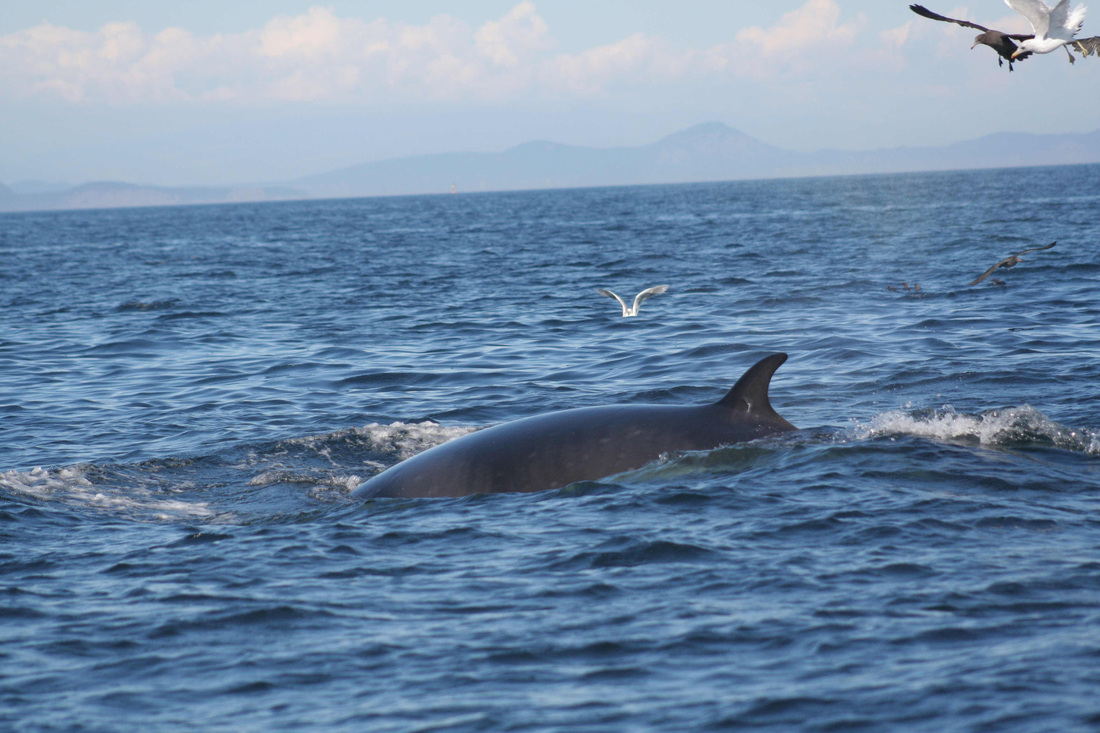
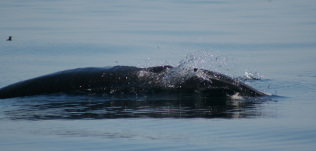
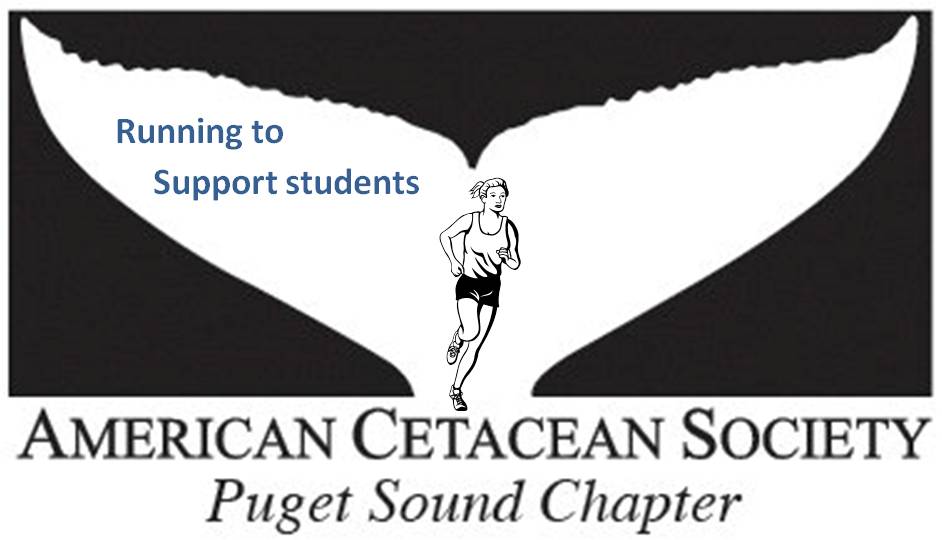
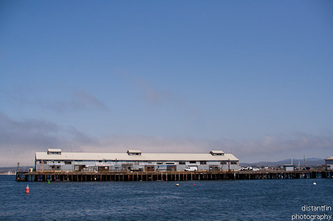

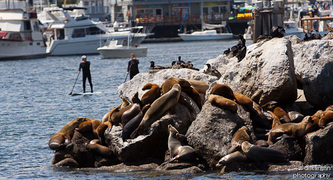
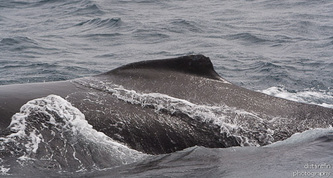
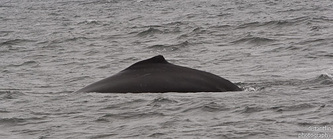
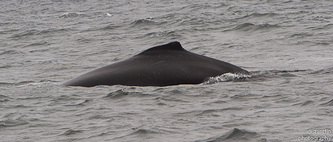
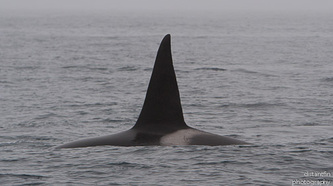
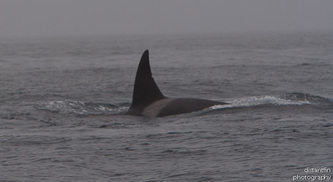
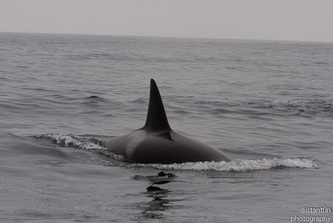
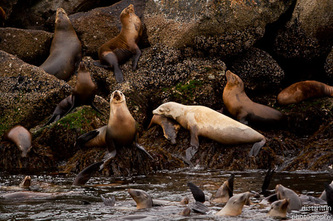
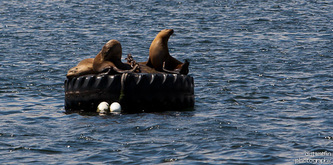
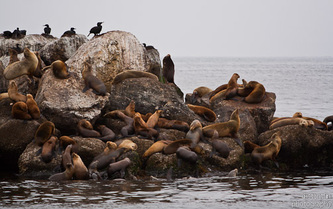

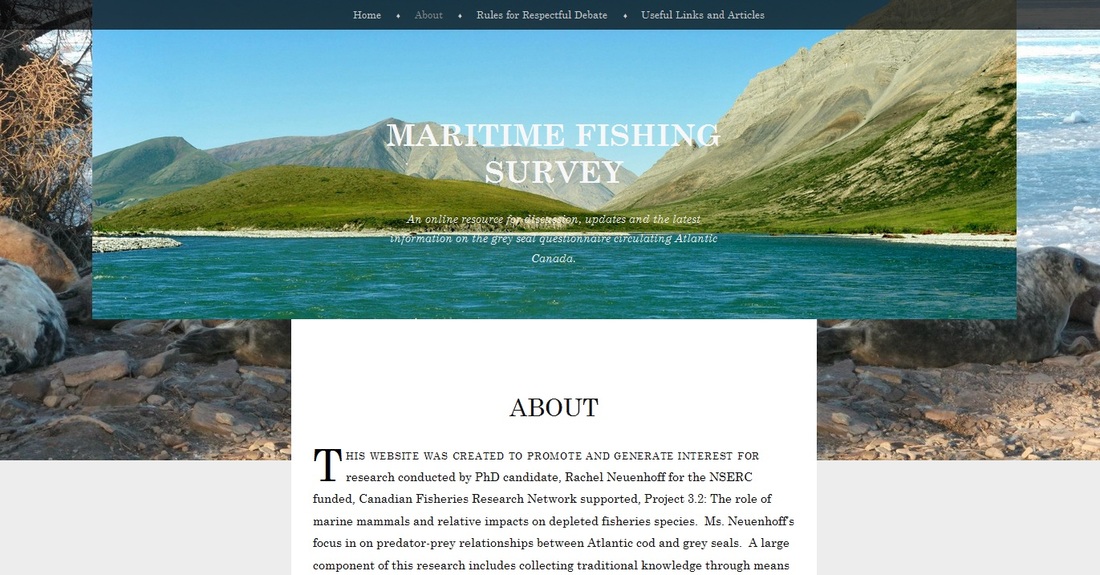
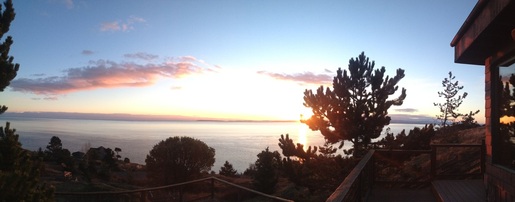
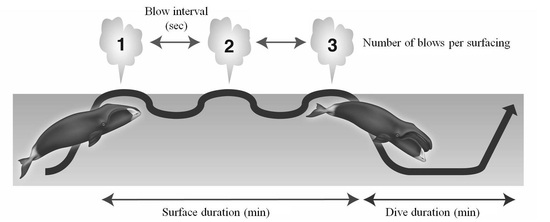
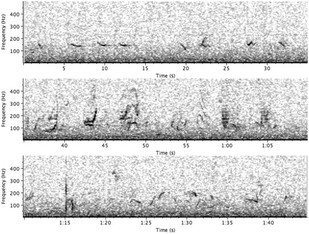
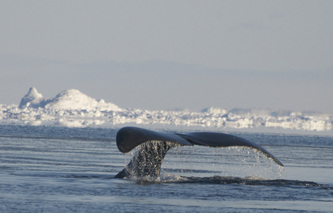
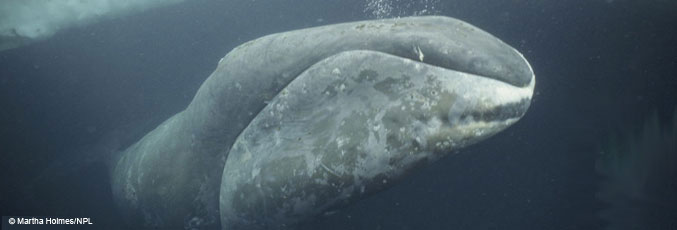

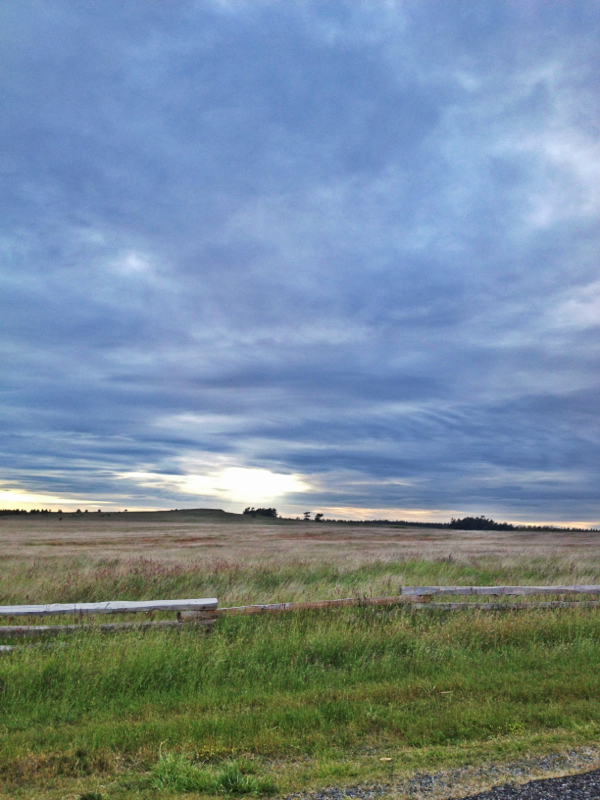
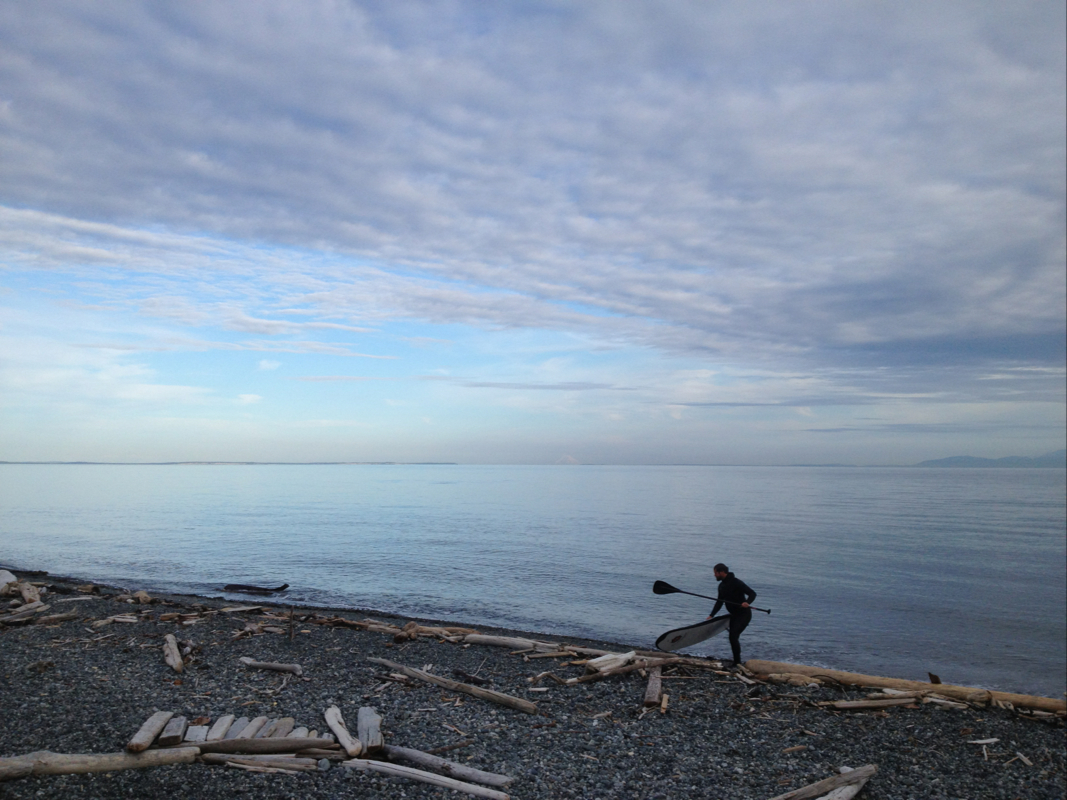


 RSS Feed
RSS Feed